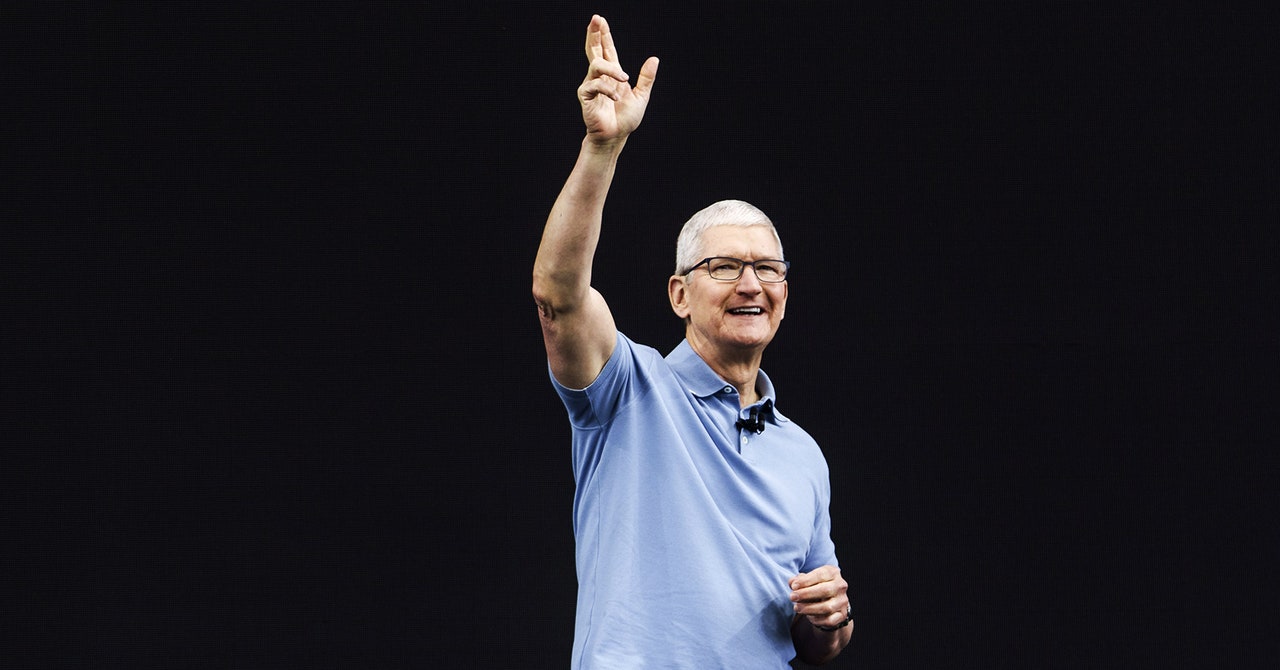After years of With anticipation and contributions from thousands of people, Apple Vision Pro made its debut yesterday, promising immersion in apps, games, movies, and the workplace. With over 20 cameras, sensors and microphones, two processing chips, and even an external battery that you carry in your pocket, it’s packed with world-class technology, but lacks one element that seems to be everywhere right now: generative AI.
Since the launch of OpenAI’s ChatGPT last fall, generative AI that creates text and images from simple prompts has sparked calls for regulation and fears of an existential threat to humanity, and continues to play a role in ongoing writers’ strikes in Hollywood. It has also led big tech companies to accelerate AI implementations, but not at Apple. Yesterday, Apple announced new features powered by its neural engine hardware, such as call screening which live-transcribes the first few words of a voicemail so you can decide whether to answer a call, but there was no mention of generative AI during the two-hour global keynote address of the developer conference. The only thing that came close was an update to a feature in iOS 17 that suggests the next word you might want to use when typing on an iPhone keyboard.
Speculation about Apple’s future with generative models preceded WWDC, especially in recent weeks after Apple posted a series of generative AI-related job listings, and a series of announcements by some of Apple’s biggest competitors.
The lack of generative AI news at WWDC comes about a month after Google added conversational AI Bard for search and Workspace products, including an integration with Adobe Firefly image generator, and two weeks after Microsoft expanded OpenAI’s ChatGPT and GPT-4 to Bing and Azure cloud offerings respectively.
Matt Turck is an investor at FirstMark Capital, a company that invests in a number of startups that use generative AI in their products. He calls the lack of generative AI talk a smart marketing choice by Apple. Several AI-powered features were announced, but the lack of generative AI mentions made Vision Pro take more of the spotlight. “The reality is that Apple is a bit behind others like Microsoft and Google in generative AI, so it wisely chose to position itself as its own race in AI, rather than trying to catch up with others.” he said in a direct message.
Apple could use generative AI in a number of impactful ways, such as making the Siri voice assistant feel more conversational, or helping Apple Pages compete with auto-suggestions from Google Docs and Microsoft Word. AI that generates images can also speed up the creation of the metaverse.
Apple seems focused on delivering high-quality hardware rather than participating in the highly complicated and specialized generative AI arms race, says Micaela Mantegna, who last year lent her experience in games and AI ethics to develop OpenAI’s text-to-image model DALL -E 2 to redteam She said in an email that she thinks that’s why Apple refers to its Vision Pro headset as a spatial computing device, and why CEO Tim Cook says Apple avoids the word metaverse, a term tainted with Meta’s substandard performance.

